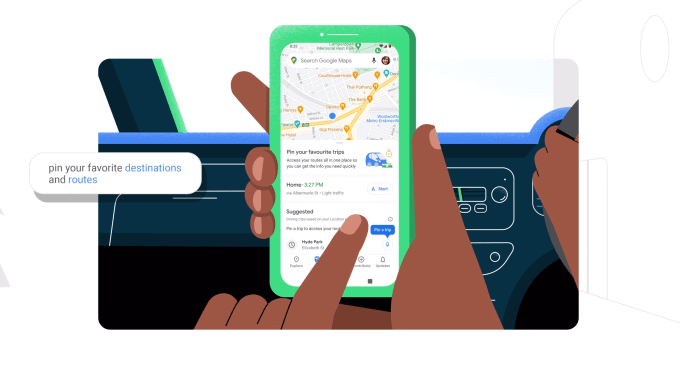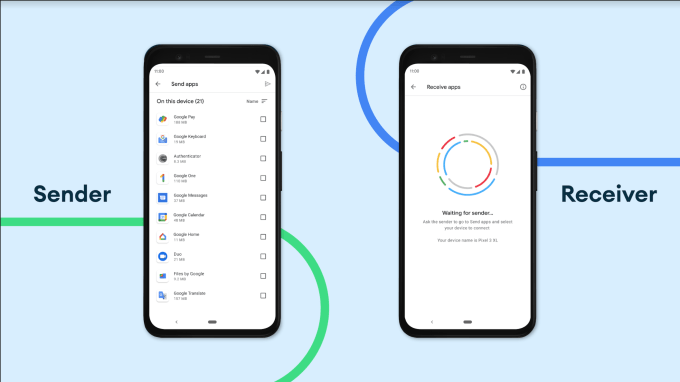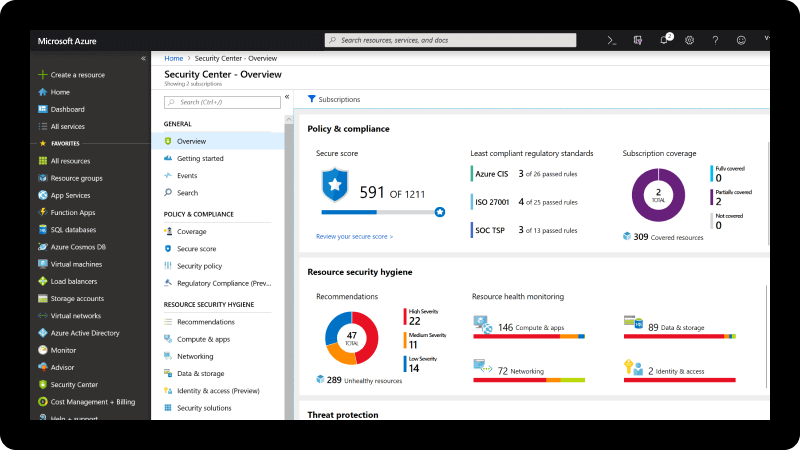News: AWS expands startup assistance program
Last year, AWS launched the APN Global Startup Program, which is sort of AWS’s answer to an incubator for mid-to-late stage startups deeply involved with AWS technology. This year, the company wants to expand that offering, and today it announced some updates to the program at the Partner keynote today at AWS re:Invent. While startups
Last year, AWS launched the APN Global Startup Program, which is sort of AWS’s answer to an incubator for mid-to-late stage startups deeply involved with AWS technology. This year, the company wants to expand that offering, and today it announced some updates to the program at the Partner keynote today at AWS re:Invent.
While startups technically have to pay a $2500 fee if they are accepted to the program, AWS typically refunds that fee, says Doug Yeum, head of the Global Partner Organization at AWS — and they get a lot of benefits for being part of the program.
“While the APN has a $2,500 annual program fee, startups that are accepted into the invite-only APN Global Startup Program get that fee back, as well as free access to substantial additional resources both in terms of funding as well as exclusive program partner managers and co-sell specialists resources,” Yeum told TechCrunch.
And those benefits are pretty substantial including access to a new “white glove program” that lets them work with a program manager with direct knowledge of AWS and who has experience working with startups. In addition, participants get access to an ISV program to work more directly with these vendors to increase sales and access to data exchange services to move third party data into the AWS cloud.
What’s more, they can apply to the new AI/ML Acceleration program. As AWS describes it, “This includes up to $5,000 AWS credits to fund experiments on AWS services, enabling startups to explore AWS AI/ML tools that offer the best fit for them at low risk.”
Finally, they get partially free access to the AWS Marketplace, offsetting the normal marketplace listing fees for the first five offerings. Some participants will also get access to AWS sales to help use the power of the large company to drive a startup’s sales.
While you can apply to the program, the company also recruits individual startups that catch its attention. “We also proactively invite mid-to-late stage startups built on AWS that, based on market signals, are showing traction and offer interesting use cases for our mutual enterprise customers,” Yeum explained.
Among the companies currently involved in the program are HashiCorp, Logz.io and Snapdocs. Interested startups can apply on the APN Global Startup website.










